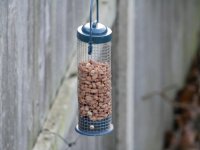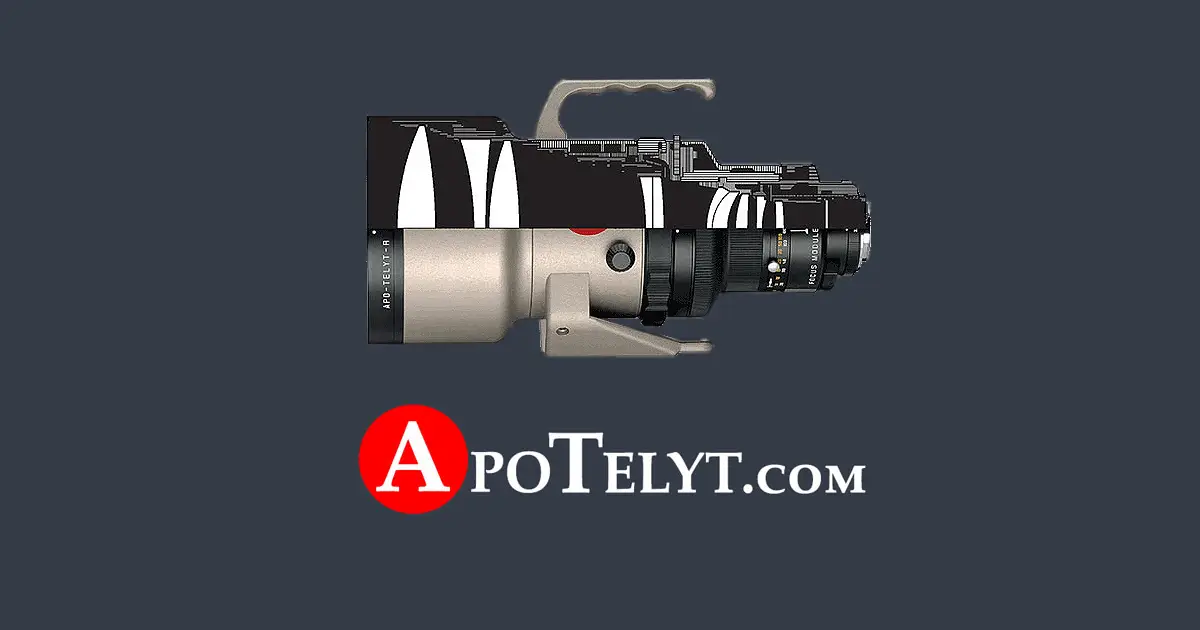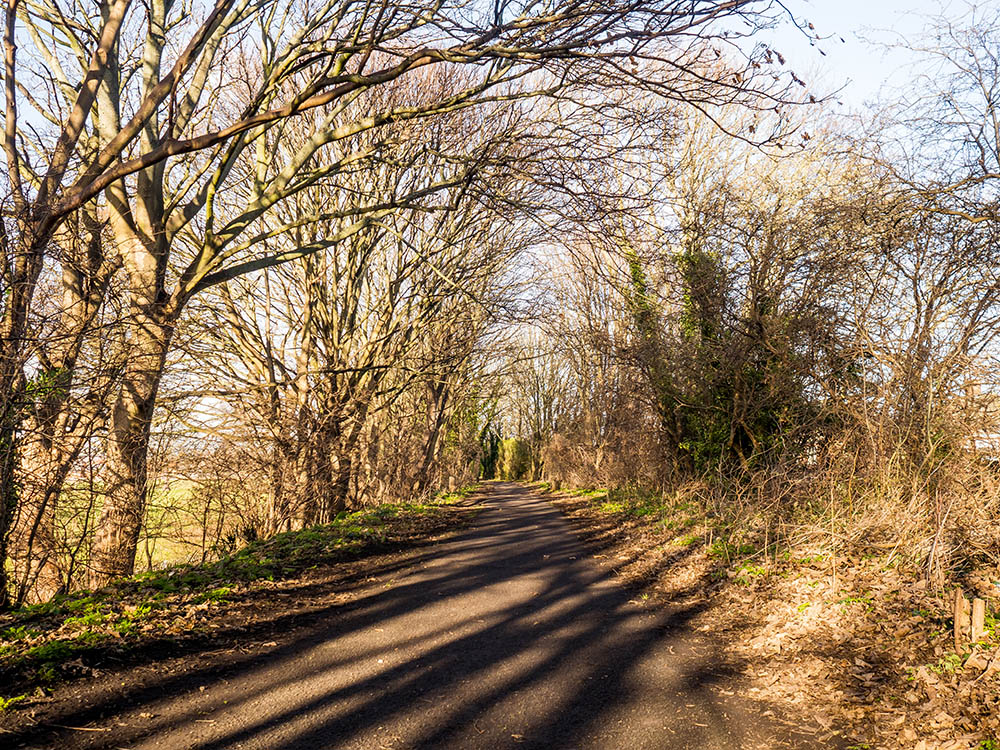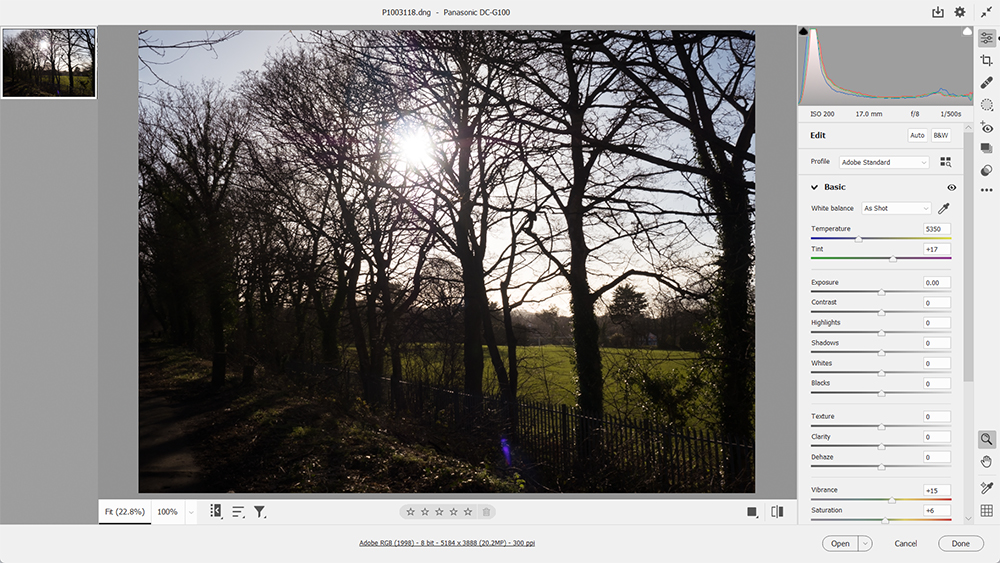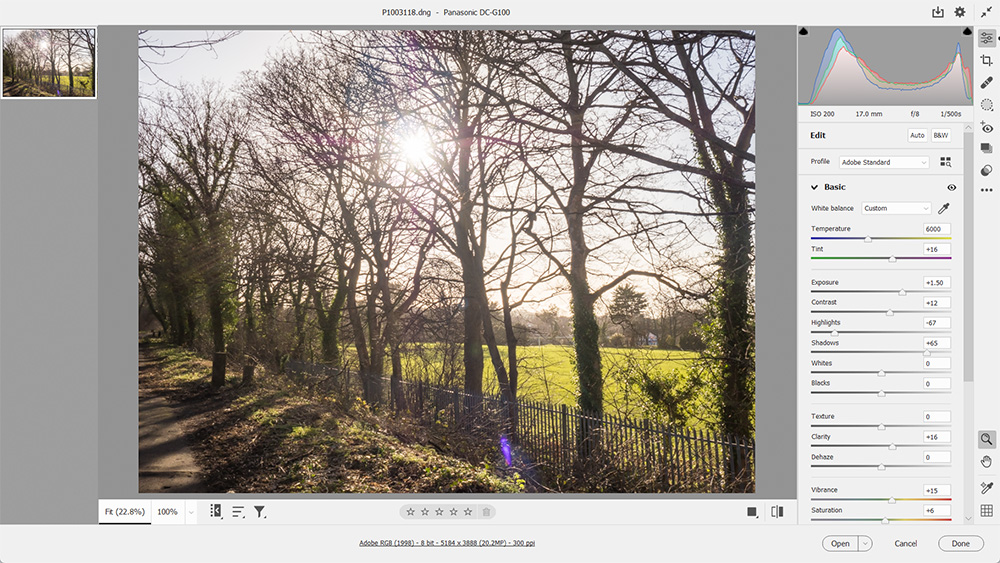Just for fun I looked up my various cameras dynamic range. Rather than use different sites I looked for one which had them all as different people might measure things differently. These are the numbers I came up with.
My first digital camera was a Fuji S602 Pro Zoom but I couldn't find DR figures for that.
Canon.
10D=10.9
300D=10.8
20D=11
5D=11.1
Panasonic.
GF1/G1=10.3
GM5=11.7
GX80=12.6
GX9=12.8
G100=13.2
Fuji.
X100f=13.2
Sony.
A7=14.2
That's what the numbers said. In use I did think that my GF1 and G1 challenged the FF Canon 5D for DR and overall IQ as I could protect the highlights and then boost the shadows without the rampant noise that often came when boosting Canon files. After the GF1 and G1 I think all my Panasonic cameras show more DR than the 5D in real world use. That's really good for such a tiny camera as the GM5. When I got the G100 I thought it might be giving the best IQ I've seen from MFT and the DR score seems to back that up but in reality decimal point differences may be nothing but variabilities in testing or samples, I don't know, but my impression is that the IQ is good in MFT terms and it may be the best MFT camera I've had IQ wise. From reading I see that it has a Live Mos sensor which I gather isn't the norm.
The Fuji X100f should show a lead over MFT as it's APS-C and so has a bigger sensor but in use I think there's little if any difference between it and the newer MFT cameras I have. Maybe these decimal point differences are indeed hard to see or variable one way or the other.
The FF Sony A7 IMO shows a clear lead when IQ is being pushed to the limits and that maybe shouldn't surprise us as it's a bigger chip again. I think this shows when conditions are at their worst and if DR or ISO or any other testing measure isn't been pushed to the limit shots from the other cameras can be easily lost in a slideshow containing A7 files.
Other than all that and as I mentioned above software seems to help a lot or at least make it possible to get good results a little easier.
I know that IQ and DR aren't everything, but it's just interesting to compare cameras and see the numbers and a nice file is nice


